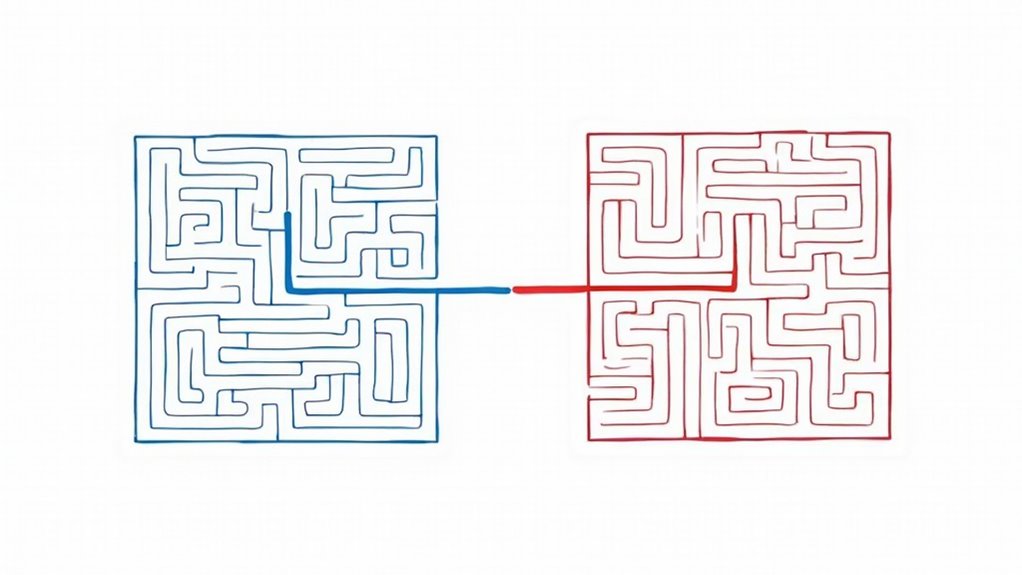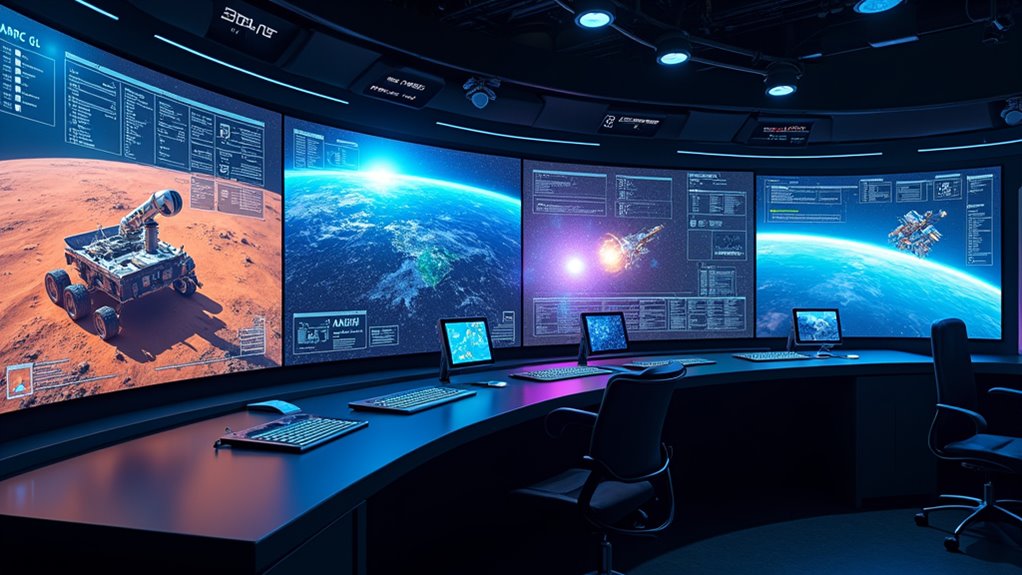Creating a basic AI model starts with defining a clear problem and gathering quality data – lots of it. The process requires selecting appropriate algorithms, whether for image recognition, text analysis, or other tasks. Modern frameworks like TensorFlow and PyTorch make the technical heavy lifting manageable. Training involves patient iteration and fine-tuning until performance metrics hit the mark. Success depends on clean data, smart architecture choices, and relentless testing. There’s more to uncover beneath this algorithmic iceberg.
Building an AI model isn’t rocket science – but it’s pretty close. The process starts with figuring out exactly what problem needs solving, and let’s be honest, that’s half the battle. AI models are basically computational frameworks that do the heavy lifting humans used to do, like pattern recognition and decision-making. They’re not magic – just really smart math. Modern AI models can be categorized into three distinct types including ANI, AGI, and ASI. The market for these intelligent systems is experiencing unprecedented growth, projected to reach $2 trillion by 2030.
Before diving in, someone needs to define the goal and get stakeholders on board. It’s like planning a party – you need to know who’s coming and what they want. This means creating a clear problem statement, setting up performance metrics, and doing enough research to understand what’s already out there. Nobody wants to reinvent the wheel, especially when it comes to artificial intelligence.
Successful AI projects start with clear goals and engaged stakeholders – just like any good party needs a solid plan.
Data is the next big hurdle. Without good data, an AI model is about as useful as a chocolate teapot. Whether it’s text, images, or numbers, the data needs to be clean, relevant, and properly labeled. Labeled training data forms the foundation of successful supervised learning models. Sometimes this means sifting through thousands of samples – not exactly a walk in the park.
Choosing the right algorithm is where things get interesting. There’s supervised learning for classification tasks, unsupervised learning for clustering, and reinforcement learning for decision-making systems. Deep learning techniques like CNNs handle images, while RNNs tackle sequence data. It’s like picking the right tool from a very complicated toolbox.
The model’s architecture comes next – think of it as building the brain. Layers, neurons, and connections need to be mapped out carefully. Too simple, and the model won’t learn properly. Too complex, and it might remember everything but understand nothing. Finding that sweet spot takes experimentation and patience.
Finally, there’s training and tuning the model. This is where the rubber meets the road. Adjusting parameters, tweaking learning rates, and fine-tuning batch sizes until everything works just right. It’s tedious, time-consuming, and absolutely necessary.
Welcome to the world of AI development – where patience isn’t just a virtue, it’s a requirement.









